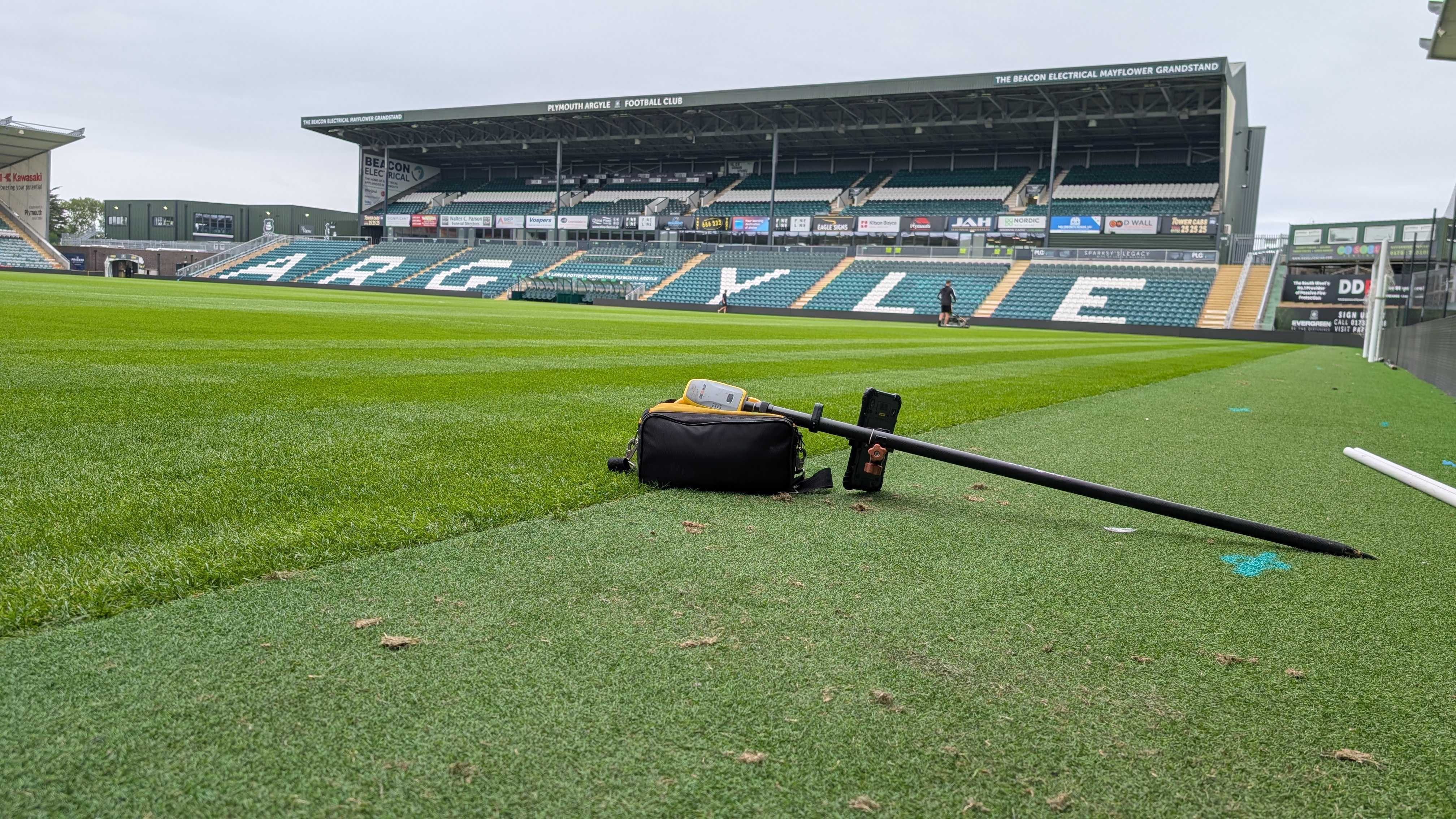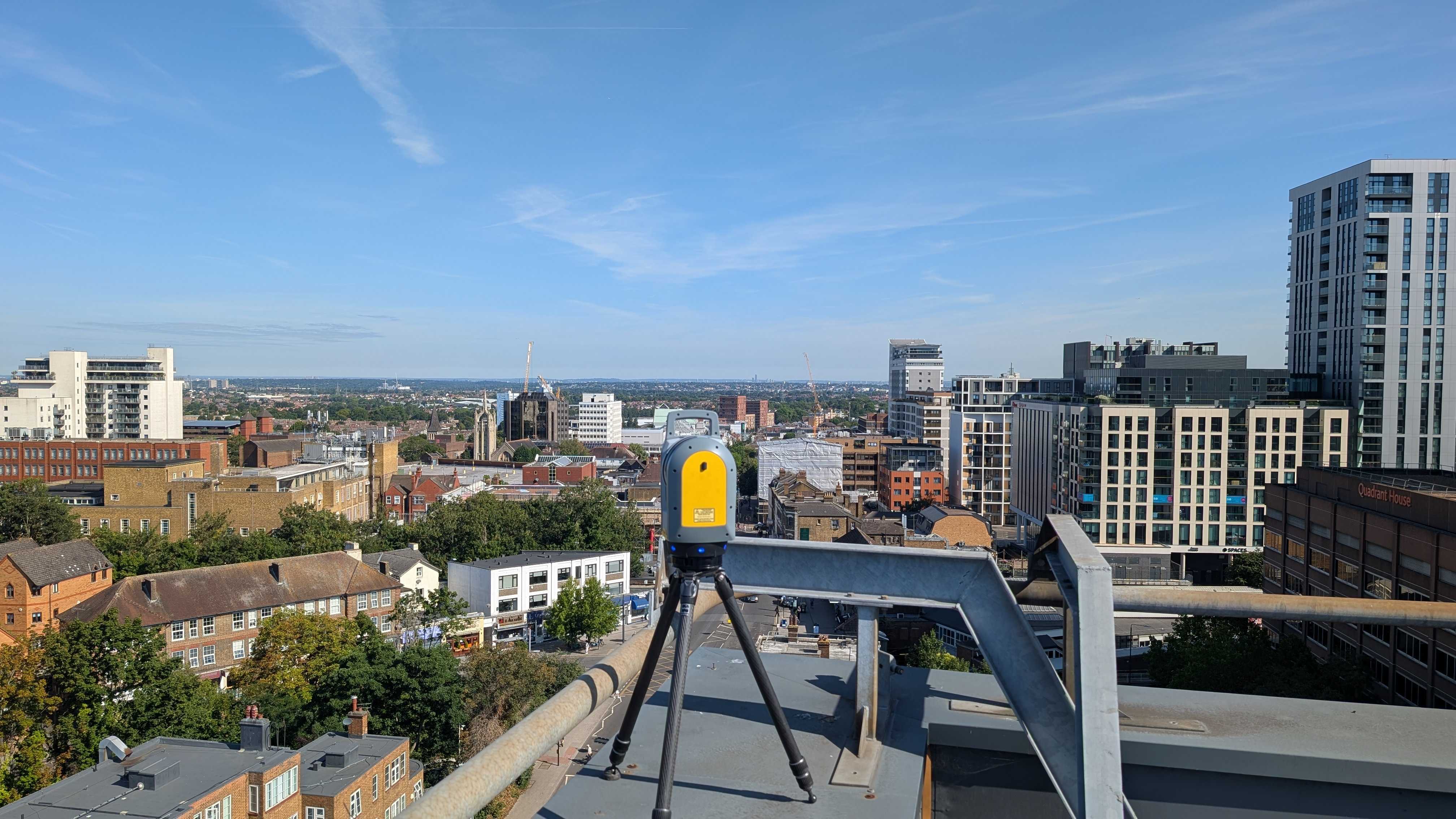Ensuring the safety and stability of structures is crucial for safety.
Structural monitoring is a process that provides real-time insights into the condition of buildings, bridges, tunnels, and other infrastructure, helping to detect potential issues before they become major problems.
By understanding and implementing structural monitoring, we can prevent structural failures, enhance the longevity of our structures, and ultimately ensure the safety and stability of our built environment.
In this blog, we will explore the fundamentals of structural monitoring, its importance, and how it can benefit your projects.
What Is Structural Monitoring?
Structural monitoring is a systematic process used to track and assess the condition of structures over time. It involves the use of various technologies and methods to measure and record changes in a structure’s position, shape, and performance.
The primary goal of structural monitoring is to detect any signs of distress or deterioration early, allowing for timely intervention and maintenance.
There are two main types of structural monitoring: manual and automated.
Key measurements in structural monitoring include:
- Eastings (lateral movements)
- Northings (longitudinal movements)
- Elevation (height movement)
Typically, the data collected is accurate within +/- 1mm, providing precise indicators of potential issues such as ground settlement, structural deformation, or impending collapse.
Structural monitoring is essential for maintaining the integrity and safety of various types of infrastructure, from buildings and bridges to rail tracks and tunnels.
Let’s delve into why structural monitoring is so important in construction.
Why Structural Monitoring Is Important
Structural monitoring is crucial for several reasons, primarily revolving around ensuring safety, stability, and longevity of structures.
Ensuring Safety and Stability
One of the primary benefits of structural monitoring is its ability to enhance the safety and stability of structures. By continuously tracking the condition of a structure, monitoring systems can detect early signs of potential issues, such as cracks, shifts, or deformations. This proactive approach minimises the risk of accidents, ensuring the safety of occupants and users.
Enhancing Longevity of Structures
By providing ongoing insights into the condition of a structure, it enables regular maintenance and repairs, which are crucial for preventing long-term deterioration and enhancing sustainability. This continuous upkeep not only enhances the structural integrity but also delays the need for extensive and costly remedial work or complete replacements.
Reducing Costs and Risks
By identifying potential issues early, monitoring helps avoid expensive emergency repairs and minimises the likelihood of litigation resulting from structural failures. The data collected through monitoring systems can also be used to disprove unfounded claims of structural movements or damage, thereby mitigating legal and financial risks.
In summary, structural monitoring is a vital practice that addresses key concerns about safety, stability, and longevity of structures. By ensuring early detection of issues, supporting regular maintenance, reducing costs and risks, and enabling informed decision-making, structural monitoring plays an essential role in the successful management of construction and infrastructure projects.
So, where do structural monitoring solutions apply, and will you benefit from one on your project?
Applications Of Structural Monitoring
Here are some of the primary areas where structural monitoring plays a pivotal role:
Buildings
Bridges
Rail Tracks
Underground Assets and Tunnel Networks
Dams and Reservoirs
Conclusion
By providing real-time insights and early warnings of potential issues, it allows for proactive maintenance and timely interventions, preventing minor problems from escalating into major failures.
Each of the varying environments benefit from the precise data and continuous monitoring that these systems provide, supporting informed decision-making and effective risk management.
In the upcoming series of blogs, we will delve deeper into various aspects of structural monitoring, offering valuable insights and practical advice.
For more information or to discuss how our structural monitoring solutions can support your next project, please contact us at Intersect Surveys!
FAQs
What is structural monitoring and why is it important?
Structural monitoring is a systematic process used to track and assess the condition of structures over time. It involves using various technologies and methods to measure changes in a structure’s position, shape, and performance.
What are the key measurements in structural monitoring, and how accurate are they?
Key measurements in structural monitoring include:
Eastings: Lateral movements.
Northings: Longitudinal movements.
Elevation: Height movement.
The data collected is typically accurate within +/- 1mm, providing precise indicators of potential issues such as ground settlement, structural deformation, or impending collapse.
Where can structural monitoring solutions be applied, and what benefits do they offer for different types of infrastructure?
Structural monitoring solutions can be applied to a variety of infrastructure, including:
Buildings
Bridges
Rail Tracks
Underground Assets and Tunnel Networks
Dams and Reservoirs








